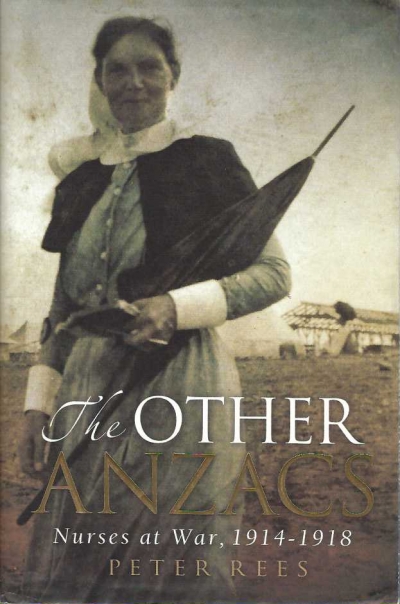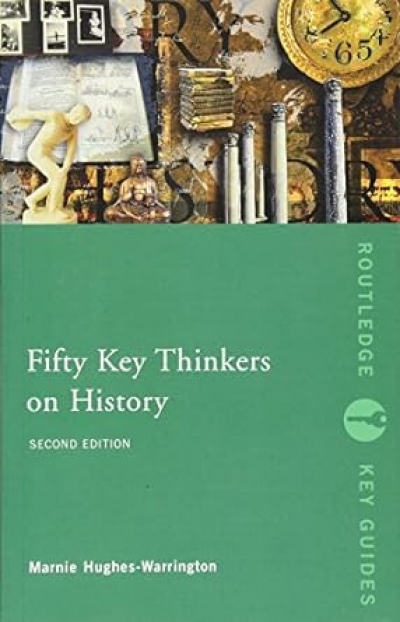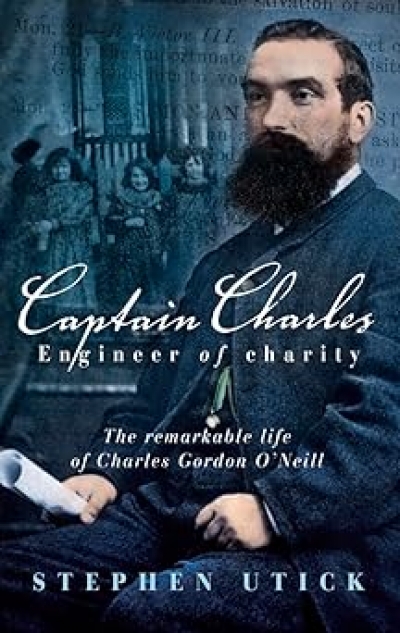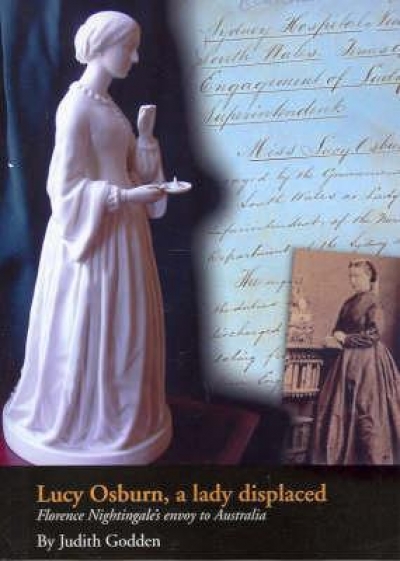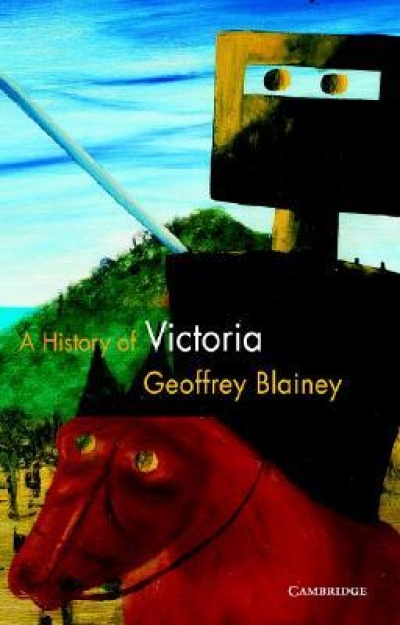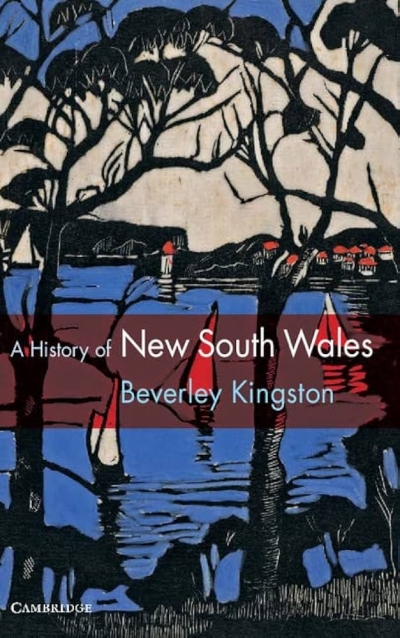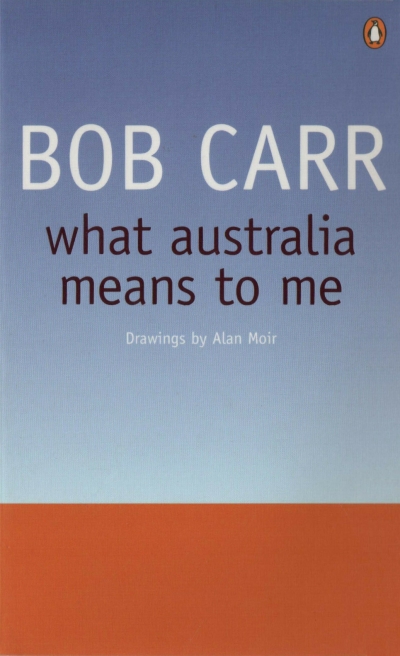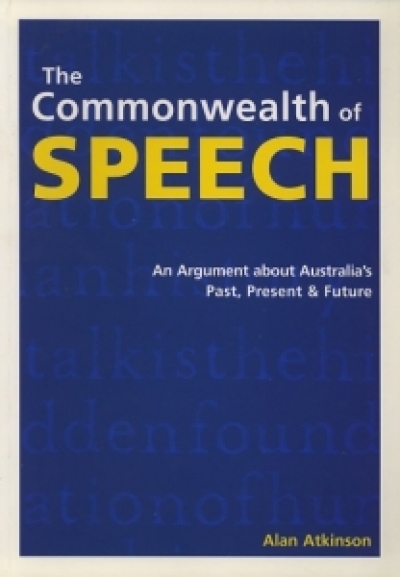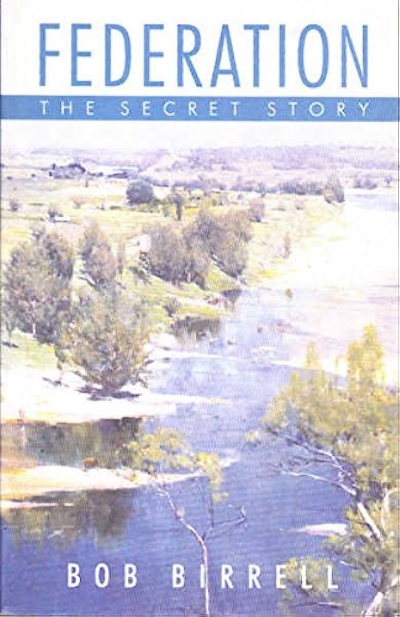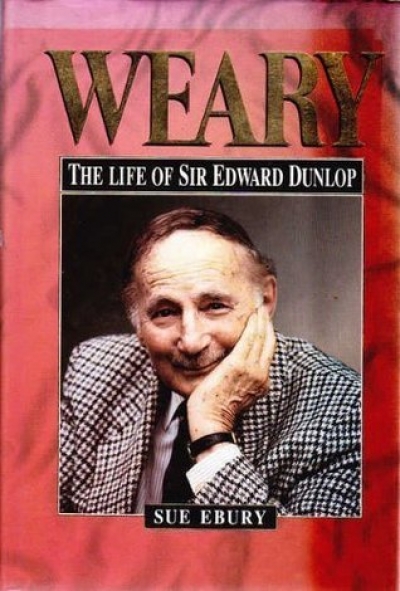Beverley Kingston
Fifty Key Thinkers on History: Second Edition by Marnie Hughes-Warrington
by Beverley Kingston •
Captain Charles, Engineer of Charity: The remarkable life of Charles Gordon O’Neill by Stephen Utick
by Beverley Kingston •
Lucy Osburn, A Lady Displaced: Florence Nightingale's envoy to Australia by Judith Godden
by Beverley Kingston •
An earlier version of this history of Victoria first appeared in 1984 as Our Side of the Country. Though for the past sixteen years Sydney-born politicians Paul Keating and John Howard have usurped Victoria’s former almost constant ‘top position’ in Canberra, the possessive pride reflected in that early title still runs through this modern version ...
... (read more)What Australia Means to Me by Bob Carr & Bob Carr by Andrew West and Rachel Morris
by Beverley Kingston •
The Commonwealth of Speech: An Argument about Australia’s Past, Present and Future by Alan Atkinson
by Beverley Kingston •

